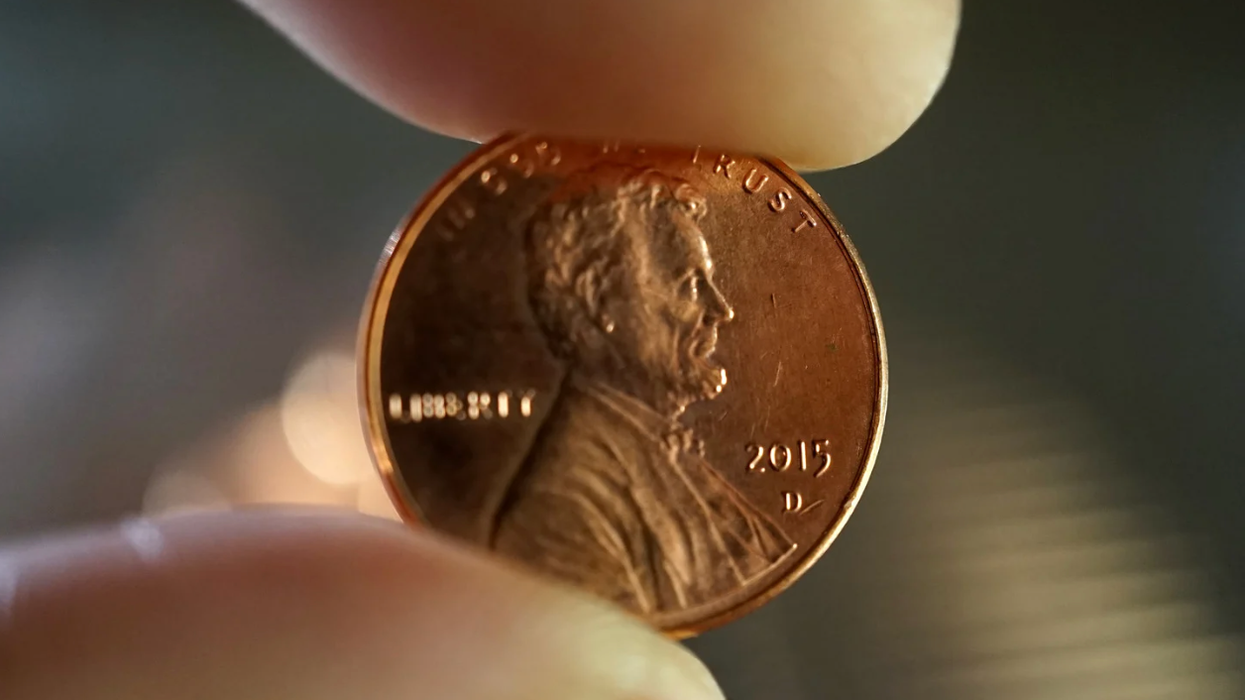I’m no stranger to cutting corners, but in my first few years out of college, all of the corners I cut were those that wound up costing me more in the proverbial long run. I balked at spending even $40 for two weeks of groceries, but $5 for a bagel on Monday, $3 for pizza on Tuesday, and $6 for a salad on Wednesday didn’t faze me. The error in my thinking speaks for itself because of, well, math.
We’ve all heard the adage “You have to spend money to make money,” but it took me far too long to figure out that sometimes you have to spend money to save money. There are many places to cut corners when living on a budget, but not all are created equal. Here are eight places to cut corners in 2017 (and eight times when cutting corners might end up costing you more):
1. Don’t join a gym. Do go to the dentist (at least) once a year.
Our country’s health care system is proof enough that practicing preventative care would save us all a lot of money long term. But even if you’re not yet thinking about what bad habit might someday require mountains of medical bills, it’s far too easy to neglect your teeth. I patted myself on the back for avoiding the dentist for three years to save money, but the $600 I’ve paid in the last month to repair fillings didn’t put me ahead. There are plenty of ways to exercise without a gym, but there is no such thing as DIY dentistry.
2. Don’t spend money on fleeting trends. Do spend money on a good dry cleaner.
Buying low-quality, inexpensive clothes just to keep up with the newest trends doesn’t pay off in the long run, and it certainly doesn’t help you stick to a budget. Instead, take care of the clothes and shoes you already have. I’ve routinely spent $50 or more on new clothing I almost certainly didn’t need, but I avoided a $10 dry cleaning bill until the piece of clothing that needed cleaning was essentially defunct. Put time into caring for your clothes, and bite the bullet and pay an extra $2 for a good dry cleaner. Take your shoes to a shoe repair place instead of buying a new pair.
3. Don’t take cabs. Do pay for unlimited monthly transportation (or a bike).
For all three years I lived in New York, it never once felt good to spend $116 a month for something that felt inevitable and was not fun at all: commuting. For a while, I tried to get away without an unlimited subway pass by walking home from work. Although the incentive to walk was great, the few times that three drinks convinced me I should take a cab home put me well over what the unlimited pass would have cost in the first place.
4. Don’t buy drinks. Do buy tickets.
This point could also be called “wherein I try to cut corners in my social life and fail.” Saving money by cutting down on social events never worked for me, because after not seeing my friends for a long time, I would miss them and want to by them drinks. That’s a dramatization, but the point stands that I’ve never been good at seriously decreasing or eliminating social events from my budget. Of course, I’m not saying you should never buy yourself a drink again, but I find that sometimes spending the money up front on two reasonably priced tickets to an event—a movie, a play, or even admission to a skating rink—is the more economical choice.
5. Don’t leave your tab open. Do buy your own booze.
A few drinks at a bar or restaurant is a good way to make your bill $40 higher than you intended. Since I have no plans to stop going to bars and restaurants anytime soon, I look for ways to buy my own booze. Host your friends before going out (what’s the adult word for pregame?), and find restaurants that are BYO. Because there’s an app for everything, here’s an app that will tell you which restaurants in your city are BYO-friendly and whether they charge a corkage fee. Of course, this point assumes you are going to buy alcohol one way or another—not drinking at all would clearly be the most financially responsible option.
6. Don’t order takeout. Do shop at local markets for produce.
Produce gets a bad rep for being over-priced, but many cities have markets that sell much more affordable produce than your grocery store of choice. For example, the Strip District in Pittsburgh, the Italian Market in Philadelphia, and Chinatown in New York City are all good sources. If you’re not sure where to find produce in your city, check out these apps. Even if you splurge on mangoes, it will still be cheaper and will stretch further than takeout would.
7. Don’t be a boredom shopper. Do shop during off seasons.
Enforcing a ban on shopping has never worked for me. Not just because my willpower is weak, but because some things you just need. (I’m not here to judge what that is—sometimes it’s winter boots, sometimes it’s a wallet shaped like a pineapple.) Try not to shop gratuitously, but when an inevitable purchase comes up, plan ahead and buy off-season. This article from U.S. News & World Report details the cheapest months to buy certain items.
8. Don’t skimp on car maintenance. Do travel by bus.
For your next trip, check out one of my favorite new apps, Rome2rio. It gives you the cheapest way to get wherever you are going, which often is by bus or other public transport (and it doesn’t even consider the savings on the coffee and snacks required to keep you alert if you drive yourself). That said, if public transportation isn’t an option, don’t skimp on car upkeep. Investing in decent tires, keeping your tires at their ideal pressure, and taking your car in for regular oil changes won’t only help prevent wallet-draining, sanity-draining car catastrophes, it will maximize gas mileage.





















